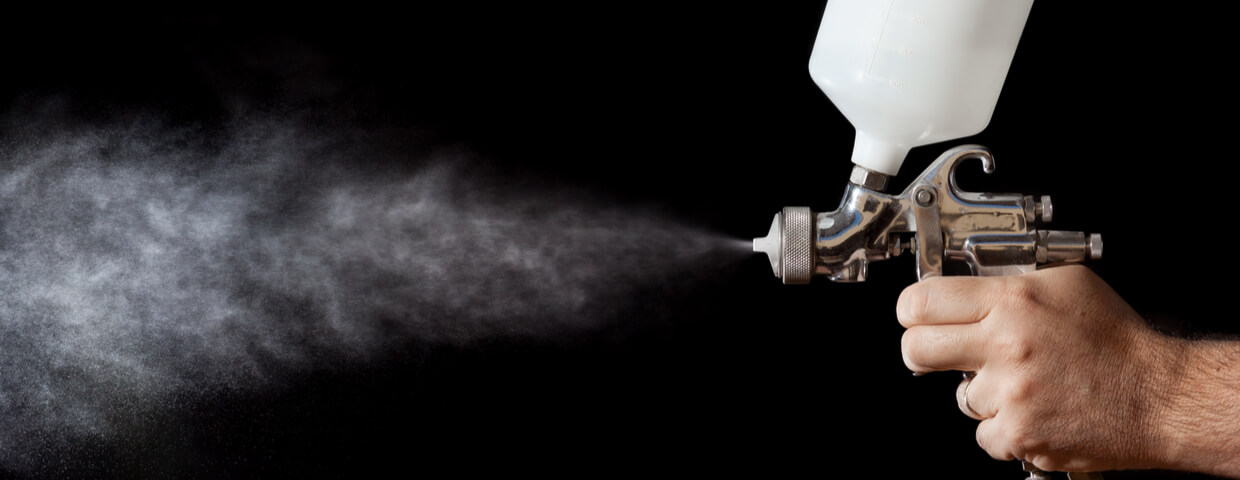 There are all kinds of conformal coating application techniques available, and each seems specific to a particular type of job or need. How do you know which is right for you? Today we'll give you an overview of some common options and help you make this important decision calmly and confidently.
There are all kinds of conformal coating application techniques available, and each seems specific to a particular type of job or need. How do you know which is right for you? Today we'll give you an overview of some common options and help you make this important decision calmly and confidently.
Coating Applications
If you've decided to use a conformal coating in your next job or project, you've just made an excellent decision. Conformal coatings are tough, reliable, efficient, and effective--and they can do a little bit of everything.
Take, for example, parylene coating, which has applications in almost every field--from aerospace to military to home electronics. It can protect against weather extremes while remaining flexible and pinhole-free, and, better yet, it can adapt to substrate materials of almost any size and shape.
Before you can enjoy all those benefits, though, you need actually to apply the coating--and that's where things might get complicated. Here's a quick overview to help get you started!
Brush coating
Brush coating, while an available option, is one you'll want to stay away from, generally speaking. There are too many things that can go wrong--and no matter what your job might be, you want an application method that will help you get the most out of your conformal coating.
Spray coating
Spray coating is a solid application option, mostly because it is simple and quick. You'll use a spray gun to apply the coating to your substrate material, but be careful--proper air/material ratios and excellent ventilation are a must for this technique.
Dip coating
Dip coating is another excellent option, and it's just what it sounds like: dipping the substrate material in a tank of coating, then pulling it out and letting it dry. This isn't the best choice for all jobs since the timing is particularly sensitive, and there can be minor complications (like coating buildup at one edge, where the coating dripped off)--but it is generally reliable.



